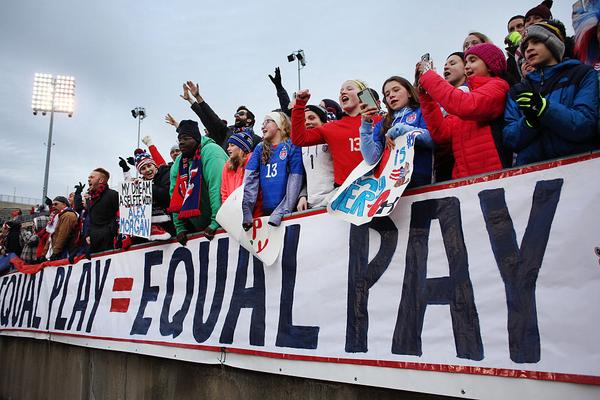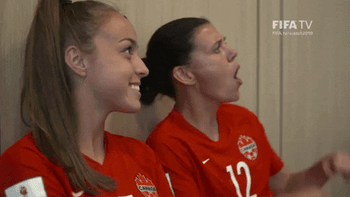Gaps in equal pay and level of play are closing in women’s soccer

WOMEN’S SOCCER
⚽️ Closing the gaps
The GIST: Gaps in equal pay and level of play are closing in women’s soccer. This follows women’s sports’ circle of life: growing viewership and attendance numbers lead to more investment and ultimately better competition, with brand deals and sponsorships serving as the all-important middleman.
Equal pay: The USWNT has fought a long, well-documented battle for equal pay and will finally reap the benefits. Thanks to its 2022 collective bargaining agreement, the women’s $3.25M WWC payout will be pooled with the $13M earned by the USMNT at the 2022 men’s World Cup, which is about $298K per player. Bringing home the bacon.
- Up North, the CanWNT’s fight for equal pay was elevated earlier this year after player protests led to an interim agreement. However, the team is still fighting for a more complete and long-term solution.
- The Nigeria women’s national team is currently in a dispute with the Nigerian Football Federation over bonus payments, allowances, and other expenses dating back to 2021. Yesterday, FIFPro (FIFA’s union) announced they’ll help the Super Falcons in its fight for equality.
- As some teams move toward progress, many others are still grossly underfunded. The Jamaica national team, for example, needed crowdfunding to attend the WWC because its federation lacked proper funding. Ridiculous.
Equal play: This term, popularized by the USWNT, typically refers to equal play between a country’s men’s and women’s national teams. But early exits from powerhouse teams like the U.S., Brazil, Canada, and Germany show that “equal play” is starting to mean something different.
- The level of competition for global women’s soccer is rising, meaning a smaller gap between the USWNT and everyone else — a huge accomplishment for the parity of the game.
Zooming out: Yes, the USWNT will enjoy the benefits of equal pay for the first time, while other national teams use its playbook to fight for pay equity themselves. But the fight for equality doesn’t stop there — even the USWNT is still pushing for equal facilities, medical access, media coverage, and respect.
- Brands and sponsors are crucial to this quest as they can be middlemen in the fight for equal pay off the field and help improve the level of competition on it. Investing in global women’s soccer now will be key to seeing larger returns at the next WWC. 2027, here we come!
Enjoying this article? Want more?

Sign up for The GIST and receive the latest women's sports business news straight to your inbox three times a week


